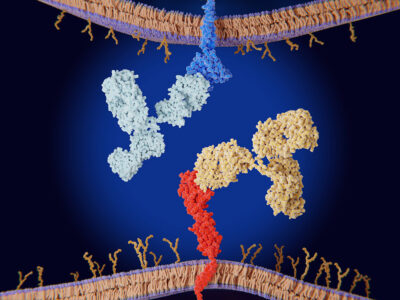In a nationwide, multicenter, retrospective study of patients with neurologic immune-related adverse events related to immune checkpoint inhibitors, more than half of patients developed a chronic condition associated with a higher rate of severe neurologic disability and mortality.

ABSTRACT & COMMENTARY
Neurologic Toxicity with Immune Checkpoint Inhibitors
December 1, 2024
